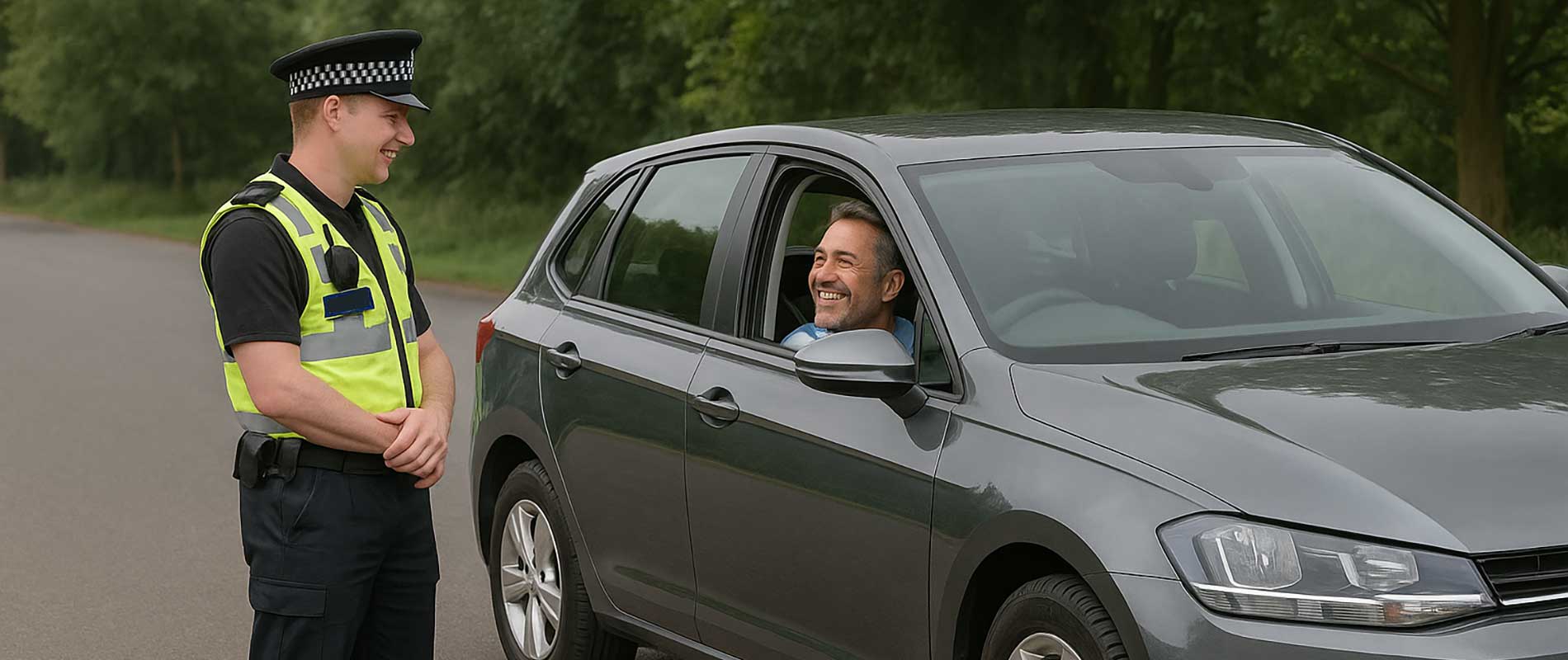It’s Possible, but Expect a Few Extra Hurdles
Being added as a named driver sounds simple enough, but when you have a conviction on record, things become trickier. Insurers treat named drivers the same way they treat main policyholders: everyone listed on the policy is assessed for risk. That means convictions must be declared, even if you’re not the main driver. You can still be added, but the insurer may raise the premium, restrict cover, or sometimes refuse altogether depending on the type of offence and how recent it was.
It’s not the end of the road though. With honesty, the right insurer, and some careful planning, many convicted drivers manage to share driving duties again; whether that’s within a family or a business fleet.
Why Insurers Are Cautious
From an insurer’s point of view, a named driver still has access to the vehicle and therefore potential liability for accidents. If one of those drivers has a history of motoring offences, it raises the statistical risk of claims. The seriousness of the conviction matters. A few speeding points might barely move the needle. A DR10 (drink-driving) or IN10 (driving uninsured) will cause much more concern.
Some insurers will ask to see details like the conviction code, date, and any disqualification period before deciding. Others may only accept you under certain conditions; for example, limiting your driving to personal use or excluding you from high-performance vehicles. It’s about managing risk, not passing judgment.
Declaring Convictions Properly
If you’re being added to someone else’s policy, make sure the main policyholder declares your conviction openly. It’s tempting to leave it out, especially if it pushes the price up, but that would invalidate the entire policy if discovered later. Insurance companies check driving records through the DVLA database, so non-disclosure is easily spotted. Far better to be honest upfront and find an insurer who deals with convicted drivers regularly.
Even spent convictions can be relevant, depending on when they occurred. Most insurers ask about the last five years, though some go further. Always double-check the wording of the question rather than guessing what counts.
How to Improve Your Chances
If you’ve served your penalty and want to be added as a named driver, a few practical steps can help:
- Choose the right insurer. Some companies specialise in convicted driver policies and are more flexible with named drivers.
- Provide full details. Include proof that your ban has ended and your licence is valid again. This builds confidence with the insurer.
- Keep usage low. If you’ll only drive occasionally, make that clear. Limited use reduces risk and may lower the premium increase.
- Take a driver rehabilitation or awareness course. It shows insurers that you’ve taken responsibility and learned from the offence.
Patience helps too. Each year of safe driving slowly restores your standing and improves your options for future policies.
When It Might Be Better to Get Your Own Policy
In some cases, the price increase for adding you as a named driver can outweigh the benefits. If that happens, look into a standalone convicted driver policy in your name. Specialist brokers can tailor cover based on your driving record and vehicle, sometimes at a more manageable cost than joining someone else’s plan. This can also protect the main driver’s no-claims bonus, avoiding resentment if anything goes wrong.
A Realistic Way Forward
Yes, you can be insured as a named driver after a conviction; provided everyone involved is honest and the insurer agrees to the terms. The process takes more transparency, and probably more money, but it’s not out of reach. With each clean year behind you, insurers gradually see less risk and more reliability. In time, your record won’t define your driving future. It’ll just be a line on a form; and a reminder of how far you’ve come since.

